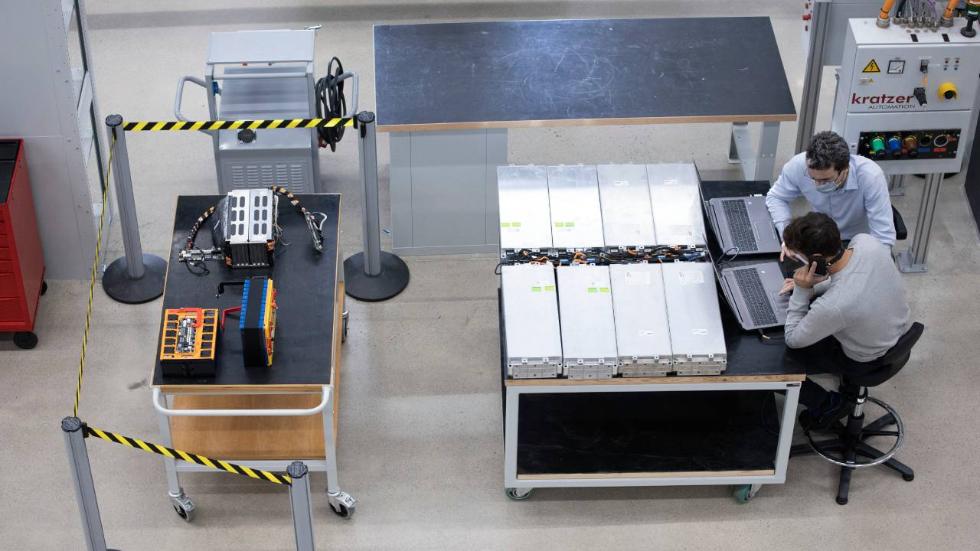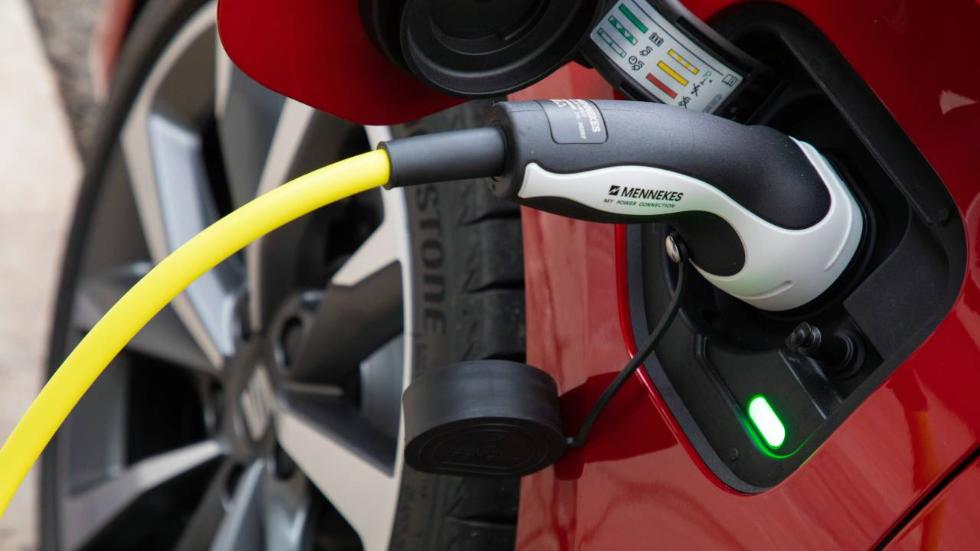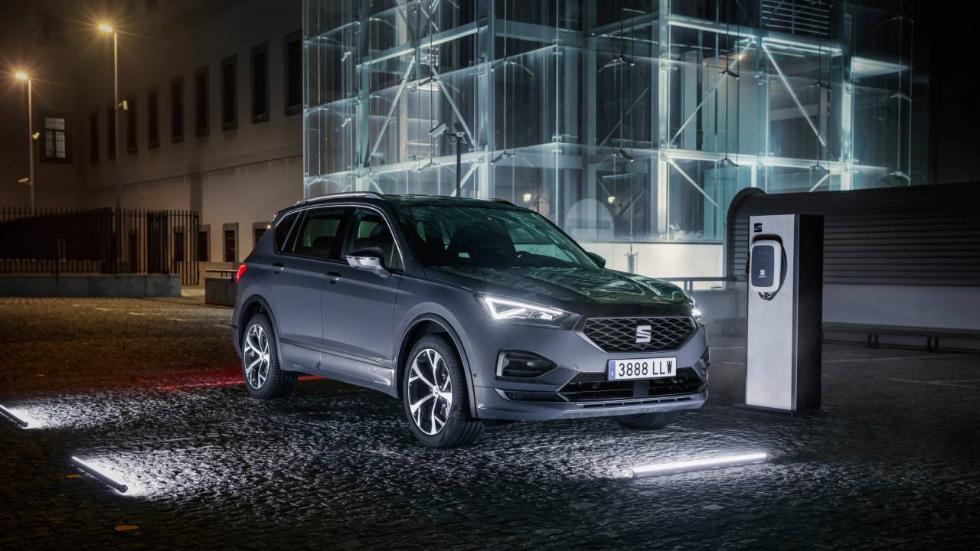Electric cars and their batteries, the answers to 5 key questions
An expert from Test Center Energy, the battery research and development laboratory of SEAT S.A., explains the most important aspects of lithium-ion batteries, the main component of every electric car.
Batteries are among the most present objects in our lives. Every portable device has one, from watches to smartphones to laptops. Of course, batteries are also found in electric cars, of which they are the main component and on which depend performances such as range and charging speed. But what are their main characteristics? An expert from the Test Center Energy, SEAT S.A.'s pioneering battery research and development laboratory, answers to the five most common questions concerning batteries.

1. What are the batteries made of?
"The technology we use in the Volkswagen Group is lithium-ion based, specifically with the chemical combination nickel, manganese and cobalt (NMC)”, explains Francesc Sabaté, Head of Test Center Energy (TCE). These are the elements that form the cells, or the minimal energy storage units. "The cells are grouped into modules and arranged in packs that, together with the control electronics, the cooling system and the casings, create the complete battery that is ready to be assembled in the vehicle".
2. What is the difference between an electric car battery and a hybrid car battery?
What changes is the energy storage capacity. In an electric vehicle, the battery must be larger and have more capacity to get the right range. In hybrid vehicles, however, the batteries are smaller because there is also the mileage provided by the combustion engine. "A battery for an electric vehicle needs more cells, roughly 300 instead of the 100 needed for plug-in hybrid vehicles", Sabaté adds.

3. How long does a battery last?
"It depends on the driving style, how often the car is used, the temperatures it is exposed to and the number of charging cycles", Sabaté resumes. SEAT ensures a minimum of 160,000 km or 8 years of guaranteed service life, thanks to the intensive testing cycles it subjects batteries to, which include extreme climatic conditions and modes of use that continuously push the batteries to their limits.

4. How can the life of a battery be extended?
The key is to keep the vehicle in the best possible condition. "It’s advisable to minimise the number of quick charges, because this prevents the battery temperature from rising too high", Sabaté further explains. In addition, keeping its charge level between 40% and 80% also helps extend the battery’s life beyond the minimum warranty criteria.

5. What happens when the car ends its service life?
When an electric vehicle reaches 160,000 km or 8 years of life, the battery still performs to around 80% of its capacity. This means that in daily use the range may be shorter, and therefore in the distance we can travel with it after a charge. "But this does not mean that the battery is no longer usable: in fact, it can be useful in other applications that require less power, such as static energy storage. In this way a battery can significantly extend its life", Sabaté concludes.
Source: SEAT S.A.
VGI | Responsible OU: VP | Creation date: article date | Class 9.1
